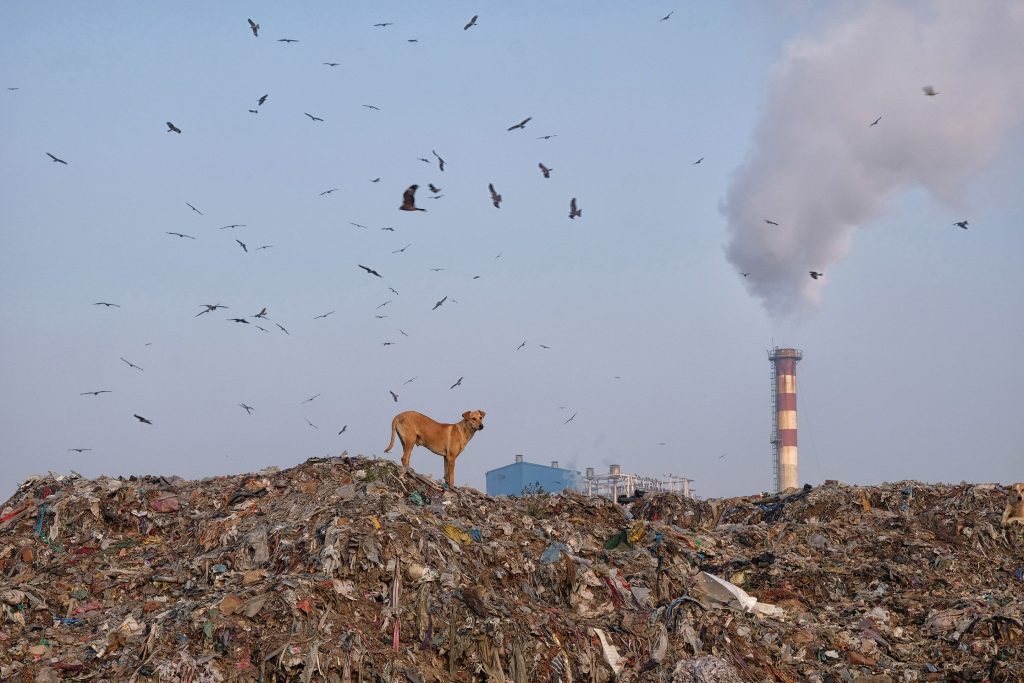The Summer Season Affect air Quality

The summer season can have significant effects on air quality, with several factors contributing to changes in atmospheric conditions and pollutant levels. Here are some ways in which the summer season affects air quality:
Increased Ozone Levels: One of the most significant impacts of summer on air quality is the formation of ground-level ozone, often referred to as smog. Ozone is not emitted directly into the air but forms through complex chemical reactions between volatile organic compounds (VOCs) and nitrogen oxides (NOx) in the presence of sunlight and heat. High temperatures and intense sunlight during summer provide ideal conditions for ozone formation, leading to elevated ozone levels, especially in urban areas with high levels of vehicle emissions and industrial activity.
Stagnant Air Masses: High-pressure systems and stagnant air masses commonly occur during the summer months, resulting in reduced atmospheric mixing and dispersion of pollutants. This can lead to the buildup of pollutants near the ground and poor air quality in urban areas with high concentrations of emissions from vehicles, industry, and other sources.
Increased Particulate Matter: Summer wildfires, dust storms, and agricultural activities can contribute to higher levels of particulate matter (PM10 and PM2.5) in the air during the summer months. Fine particulate matter can pose health risks, especially to vulnerable populations such as children, the elderly, and individuals with respiratory or cardiovascular conditions.
Biogenic Emissions: Summer is a season of active vegetation growth, leading to increased emissions of biogenic volatile organic compounds (BVOCs) from plants and trees. BVOCs react with other pollutants in the atmosphere to form secondary pollutants such as ozone and particulate matter, contributing to air quality degradation in some regions.
Regional and Local Air Pollution: Summer weather patterns, such as temperature inversions and atmospheric stagnation, can lead to the buildup of pollutants in specific geographic areas. This can result in localized air pollution hotspots, where pollutant levels exceed air quality standards and pose health risks to residents.
Increased Energy Consumption: High temperatures during the summer often lead to increased energy consumption for cooling purposes, resulting in higher emissions of air pollutants from power plants and other sources. This can exacerbate air quality issues in regions with high energy demand and reliance on fossil fuels for electricity generation.
Ozone Transport: Summer weather patterns, such as atmospheric circulation and wind patterns, can transport pollutants over long distances, leading to regional and even transboundary air quality issues. Ozone and other pollutants can be transported from urban areas to rural areas, affecting air quality in downwind regions.
Overall, the summer season can have complex and varied effects on air quality, with multiple factors contributing to changes in pollutant levels and atmospheric conditions. Understanding these seasonal patterns and their impacts on air quality is essential for effective air quality management and public health protection efforts.
Thank you,
